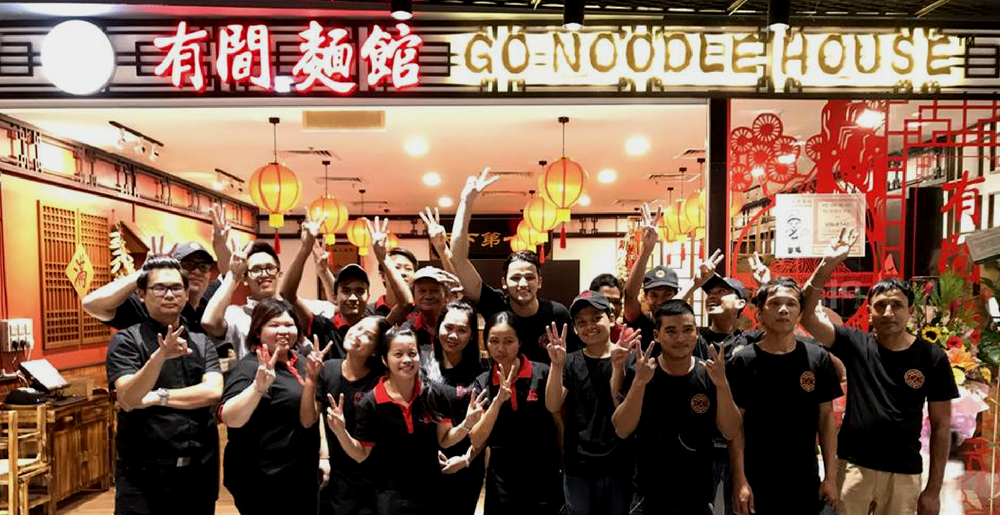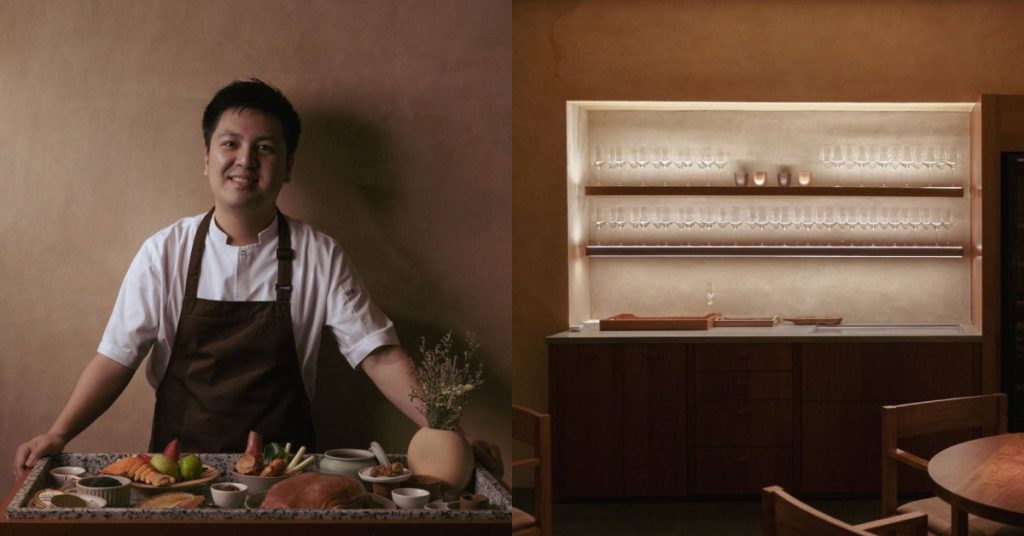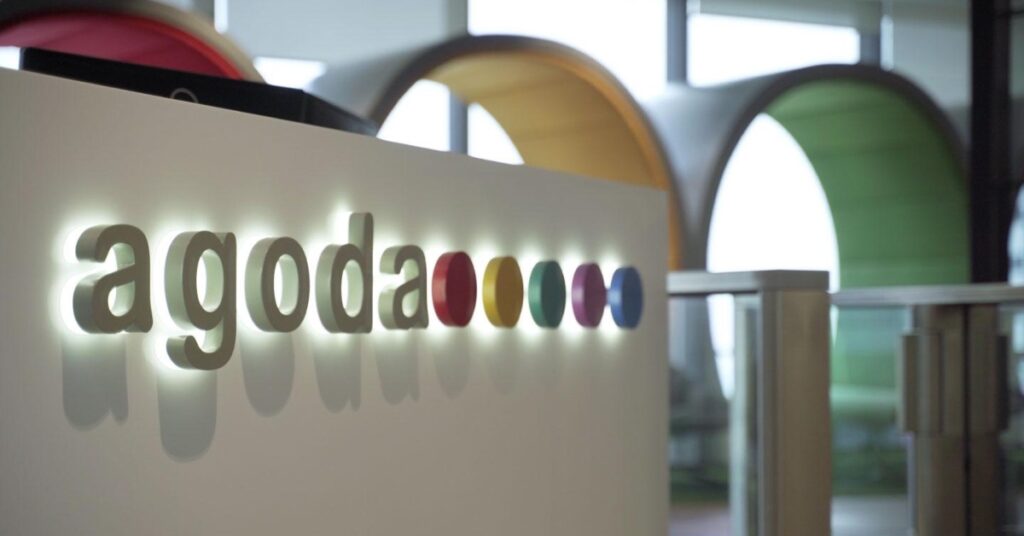Earlier this year, while we were grabbing a quick meal in GO Noodle House, a friend told me that he’d brought his girlfriend there on their first date.
“The soup is just so good. And these bursting meatballs are the best,” he said.
His sentiments were also constantly echoed by two of my colleagues, who’d long raved about how much they like the food there.
I’ve also seen long lines that snaked out of the GO Noodle outlets at Jaya One and One Utama but I didn’t understand the hype—until I tried it.
Once I had my first spoonful, the flavourful broth that carried a good dose of shao xing wine just hit the right spot.
According to the three founders, Lee Hon Wai, Alvin Tan Kok Meng, and Mok Wai Peun, they had the same revelation when they tried a soupy rice dish prepared by one of their mothers at a gathering.
It was a family recipe said to have been passed down through generations.
“The yellow rice wine (Shao Xing Hua Diao Jiu) was added in the soup to elevate the taste. It was refreshing and hearty to eat.”
They liked it so much that they built their entire business around that broth. They started doing research, seeking out experienced hawker owners for different recipes and finally gathered enough knowledge to start GO Noodle House.

Launched in 2014, GO Noodle House now has 19 outlets in just over three years, a testament to how much Malaysians are enjoying their fares.
But this isn’t their first foray into F&B. The founders told us that they’d actually operated other restaurants as well.
“We learned and failed, then learned again from experience.”
They injected RM500,000 of their own personal capital to start things off, but confessed that they didn’t think the business would take off to the extent that it did.
“To be honest, when we first started off our first outlet in Jaya One, we did not expect to receive such an overwhelming response from the crowd. We indeed wanted the business to do well, however a queueing crowd on a daily basis was not what we expected or aimed for.”
And the queues kept coming.
According to them, each of their outlets sells about 800 bowls a day on weekdays, going up to about 1000 bowls on weekends. Based on these figures, this means that on average for weekdays, they sell about 15,200 bowls in total a day.
“On a public holiday, we can sell 1300 bowls a day in our major outlets such as 1 Utama.”
The three founders firmly believe in the concept of peng, leng, cheng (roughly translated as: cheap, has quality, is tasty) for their offerings.
“Usually when you go for a meal in kopitiam, the most you can customise your noodle is adding on some roasted pork or wontons.”
“So, what we did in our menu is we gathered all the food items ranging from seafood to meatballs that Malaysians would love to have and give our customers the choice that they can have them all in a bowl as long as the bowl and their tummies can fit.”
They also credit their larger portion sizes and of course, their mi xian (rice) noodles coupled with the signature broth, as key factors for their success so far.

Part of their business strategy is also picking the right locations.
From the start, the GO Noodle House outlets have been located in shopping malls, and this is a very deliberate choice.
“After establishing our first outlet, we gained loyal and returning customers. And we thought queueing in an air-conditioned building would definitely be cosier than on a high street shop lot!” the founders said.
Speaking of queues, I asked the founders about crowd management for the sheer volume of traffic their outlets see regularly.
After all, if kept waiting too long, a hungry potential customer could morph into an angry detractor.
“To be honest, queueing for food is becoming more common in Malaysia. Many people, especially our customers, are already used to queueing. Most of our regulars roughly know the estimated waiting time, so they will shop nearby and return when their queue numbers are nearing.”
With rapid expansion often comes rapid fluctuations in quality, and the founders are well aware of that.
To maintain the consistency of their food quality and continue a sustainable business model, so far they have not given out any franchise licenses.
Instead, they expand via partnerships and joint ventures, so that they can work as a close team to ensure consistency in all aspects.
“On the other hand, we understand that our food can never be perfectly 100% similar across all outlets and customers will always compare between outlets. What we can do is to do our best to achieve high consistency.”
They do so by having regular meetings with all outlets to discuss arising issues, so that they can brainstorm and solve problems together.
They celebrated their 3rd year anniversary this year, and “3” is a very special number for them.

“GO Noodle House started off with 3 founders, hence the number ‘3’ carries a special meaning to all of us. Plus, our range of our yellow rice wine starts with 3 years too. Being a local brand, we are proud to have been in this F&B industry for 3 years,” they said.
It’s perhaps fitting that in their special third year, they’re also eyeing their first overseas expansion.
“We are going to open our first overseas outlet in Melbourne, Australia end of this year or early January 2018! We are definitely excited about it as we not only wish to get our brand out there, we hope that one day, mi xian can be as popular and common as Japanese ramen,” said the founders.
However, they’re not forgetting Malaysia; there are more outlets in more states in the pipeline.
“We always see a great potential in Malaysia’s F&B scene. We have a good mix of cultures and ethnicity which make every race passionate about different cuisines, plus the influences from neighbouring countries and tourists.”
“Just like how we have envisioned our brand, we wish to see our Malaysian food become world famous and as common as, for example, Western and Japanese cuisine.”
You could say that they’re really going places.
Also Read: From Travel To Takeout: Foodpanda’s New MD Dishes Out His Latest Course In M’sia
Feature Image Credit: GO Noodle House













